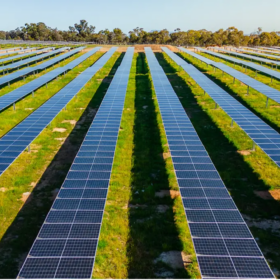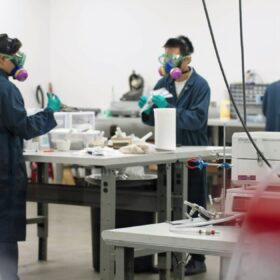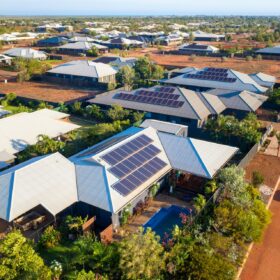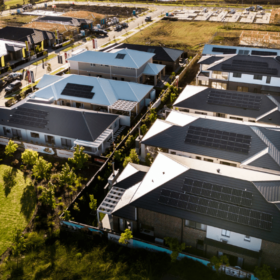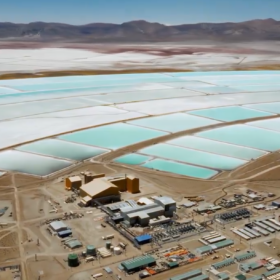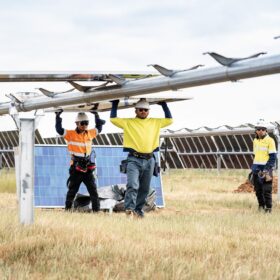PV systems can now support grid as fossil fuels decline, says IEA-PVPS
A new report by the International Energy Agency’s Photovoltaics Power Systems Program (IEA-PVPS) says that existing PV systems have the technical capabilities to provide various frequency-related grid services.
Renewables must ramp up to 126 GW by 2030 to reach net zero by 2050, says BNEF
Australia can still achieve a net-zero energy transformation by 2050, in line with the Paris climate agreement, but new analysis from Bloomberg New Energy Finance shows there is no time to waste with a rapid scaling up of investment in solar, wind and energy storage required.
Novonix strikes cathode materials agreement with CBMM
Australian listed battery materials and technology company Novonix has inked a joint development agreement with Brazilian niobium products supplier CBMM to produce cathode materials for use in lithium-ion batteries.
BT Imaging to supply quality control tool for 1.5 GW solar cell line in India
Australian PV equipment specialist BT Imaging will supply its advanced photoluminescence imaging tool for solar module maker Emmvee’s 1.5 GW TOPCon cell manufacturing facility in India.
Bifacial tracking systems dominate utility-scale PV market
The latest report from the International Energy Agency’s Photovoltaic Power Systems Program covers best practices for the optimisation of bifacial PV tracking systems and discusses key areas for improvement.
Horizon reaches milestone with rooftop solar rollout
Thousands more homes and businesses in regional Western Australia now have the option to install rooftop PV with Horizon Power announcing it has completed the rollout of internet-connected technology that eliminates network hosting capacity constraints in its service area.
Construction ramps up after Engie reaches financial close on 250 MW solar farm
The Australian arm of French renewables developer Engie says it has reached financial close on the 250 MW Goorambat East Solar Farm being constructed in northeast Victoria and expects the project to commence operations by 2027.
Net Zero power shift hinges on consumer and distribution energy resources: report
A rapid uptake of consumer and distribution energy resources in Australia sets the stage for their role in the transition but if legacy operating systems don’t keep up the pace they risk falling short of delivering their potential, a new report finds.
Breaththrough technology cuts lithium extraction costs, boosts sustainability
A Melbourne startup has unlocked new potential to cut environmental and economic costs of lithium extraction and processing by delivering a proof of concept that produces battery grade lithium hydroxide using no water or chemicals and minimal energy.
Autonomous energy storage software update empowers multi-GWh projects
Finland-headquartered technology company Wärtsilä Energy has launched an upgrade of its GEMS digital energy platform, which the company says can transform the way GWh-scale battery energy storage projects are managed in Australia.

